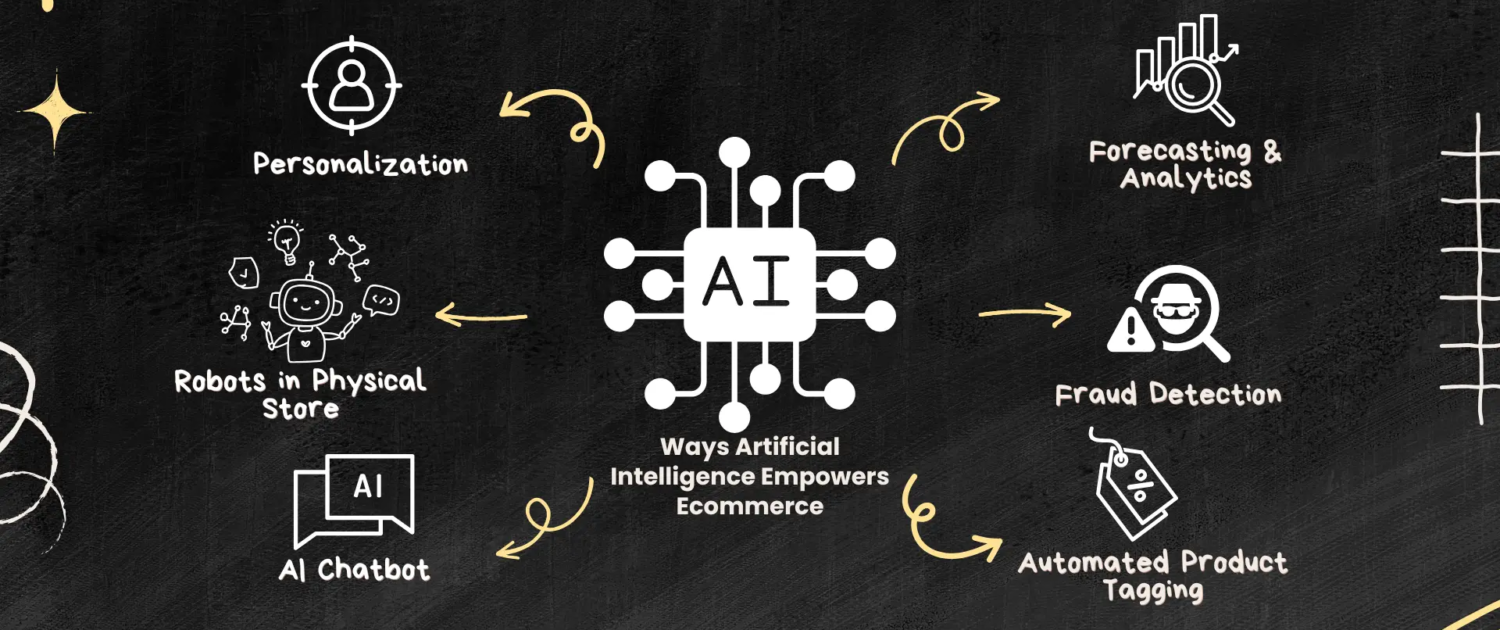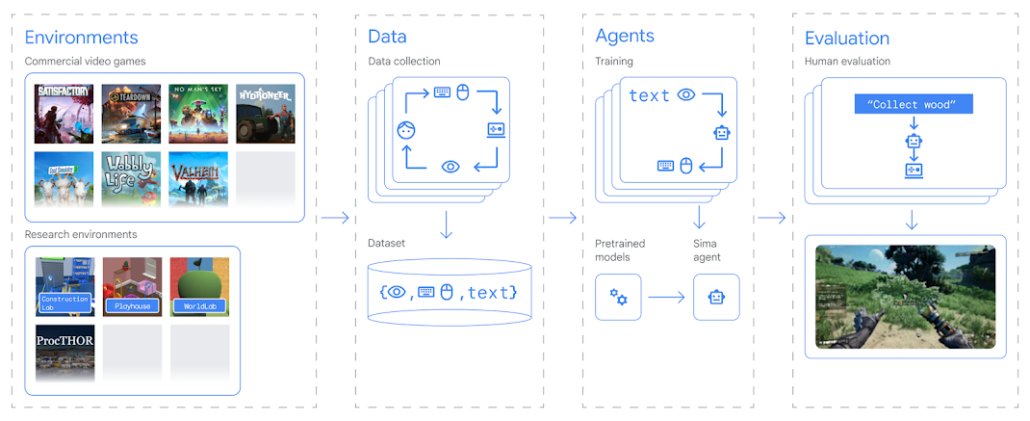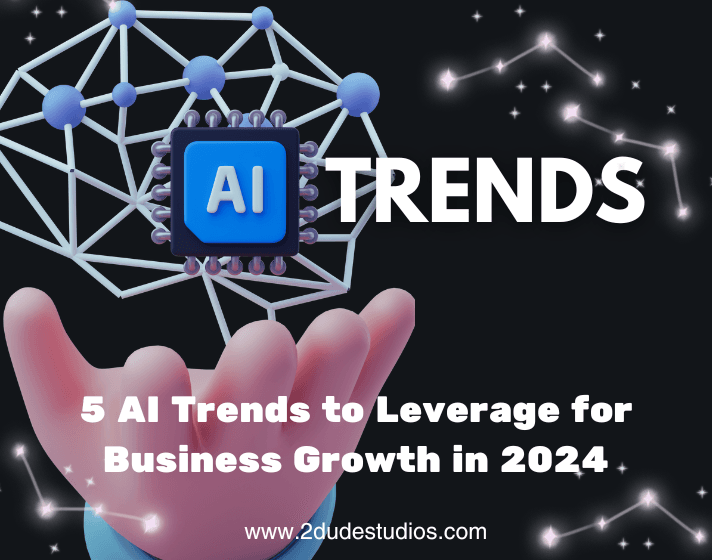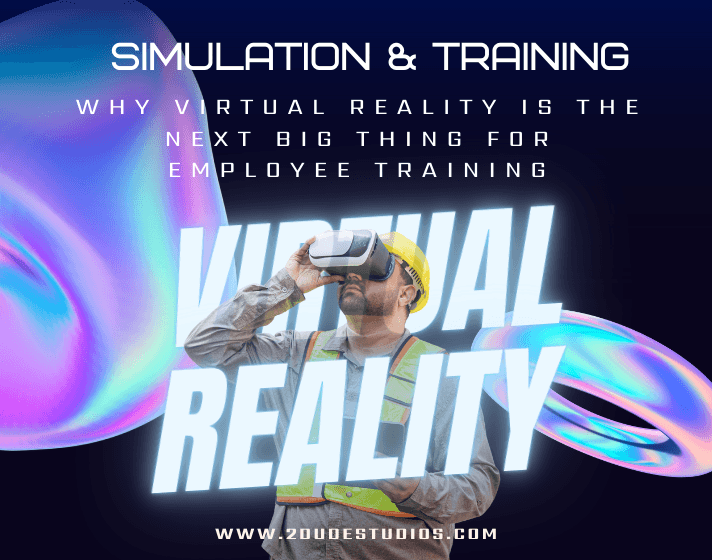
AI Trends to Leverage for Business Growth in 2025
1. Hyper-Personalization Through AI
- What it means: AI algorithms analyze customer behavior to provide bespoke recommendations and experiences.
- Why it matters: Personalized content enhances customer loyalty and satisfaction, directly impacting revenue.
- Example: AI-powered e-commerce platforms offering product recommendations based on browsing patterns or AR tools enabling virtual try-ons for a personalized shopping experience.
2. AI-Enhanced Augmented Reality with OpenCV
Artificial Intelligence combined with OpenCV (Open Source Computer Vision Library) is transforming augmented reality (AR) experiences, enabling precise and interactive real-world applications.
- What it means: OpenCV leverages AI to process visual data, enabling advanced AR applications such as object detection, scene understanding, and real-time image augmentation.
- Why it matters: Businesses can integrate OpenCV-powered AR to enhance customer engagement, streamline workflows, and offer innovative solutions.
- Example: AR apps using OpenCV to identify objects in real time and overlay relevant product information, or AI-driven AR tools in e-commerce that adjust virtual products to fit customer preferences and environments with high precision.
3. AI in Virtual Reality for Business Applications
Virtual reality (VR) is becoming smarter with the integration of AI, creating a more immersive and interactive environment.
- What it means: AI enhances VR by enabling adaptive environments, real-time feedback, and personalized user experiences.
- Why it matters: Businesses can use AI-driven VR for employee training, immersive marketing campaigns, and collaborative workspaces.
- Example: AI-powered VR training modules that adapt to individual learning speeds or virtual real estate tours that analyze user preferences to highlight relevant features.

4. Generative AI for Websites and Content Creation
Generative AI is revolutionizing web development and content production by automating complex tasks.
- What it means: AI models generate high-quality website designs, interactive features, and marketing content effortlessly.
- Why it matters: Businesses save time and reduce costs while delivering dynamic, engaging, and SEO-friendly web experiences.
- Example: AI-powered website builders that customize layouts and designs based on user input or chatbots providing seamless customer support integrated into websites.
5. Ethical AI, Responsible Usage, and Predictive Analytics
As AI adoption grows, businesses are focusing on responsible usage and leveraging predictive analytics for strategic planning.
- What it means: Transparent, secure, and ethical AI ensures trust and compliance, while predictive analytics empowers data-driven decisions.
- Why it matters: Responsible AI builds consumer trust, while predictive analytics minimizes risks and identifies growth opportunities.
- Example: AI systems that predict supply chain disruptions or consumer trends and ethically designed algorithms to ensure unbiased decision-making.
Build Immersive and Intelligent Experiences Today
Elevate Your Business with AI, AR, and VR
Empower your business with cutting-edge AI, AR, and VR solutions. Whether you're looking to create personalized websites, implement AR-enhanced features, or develop AI-driven VR training modules, 2 Dude Studios can help you harness these technologies for unmatched growth.
Contact us now and explore how we can transform your business in 2025!




